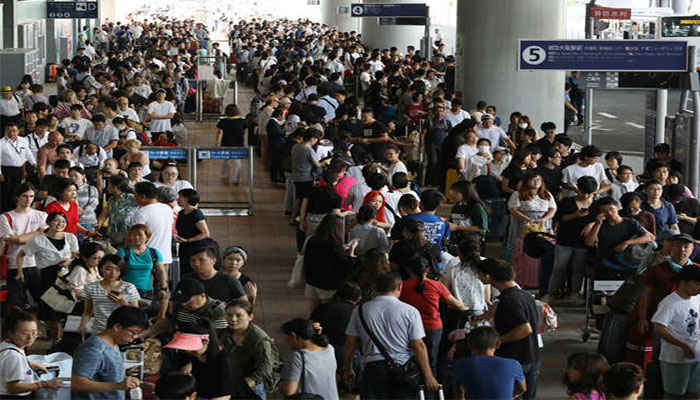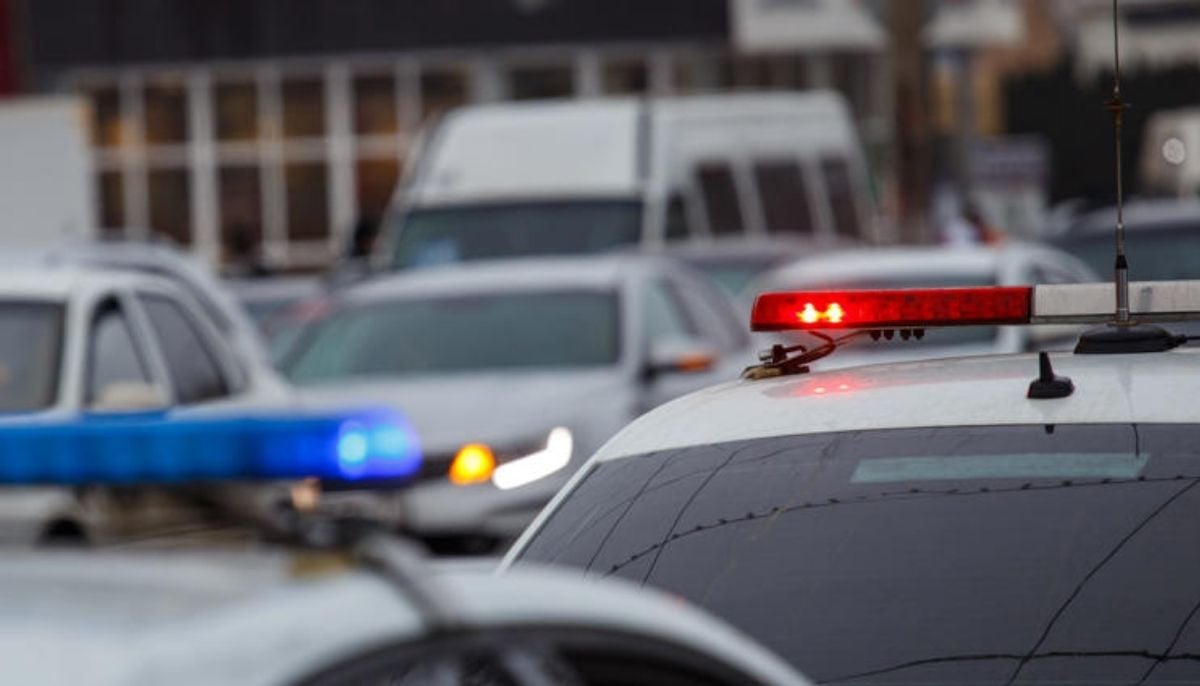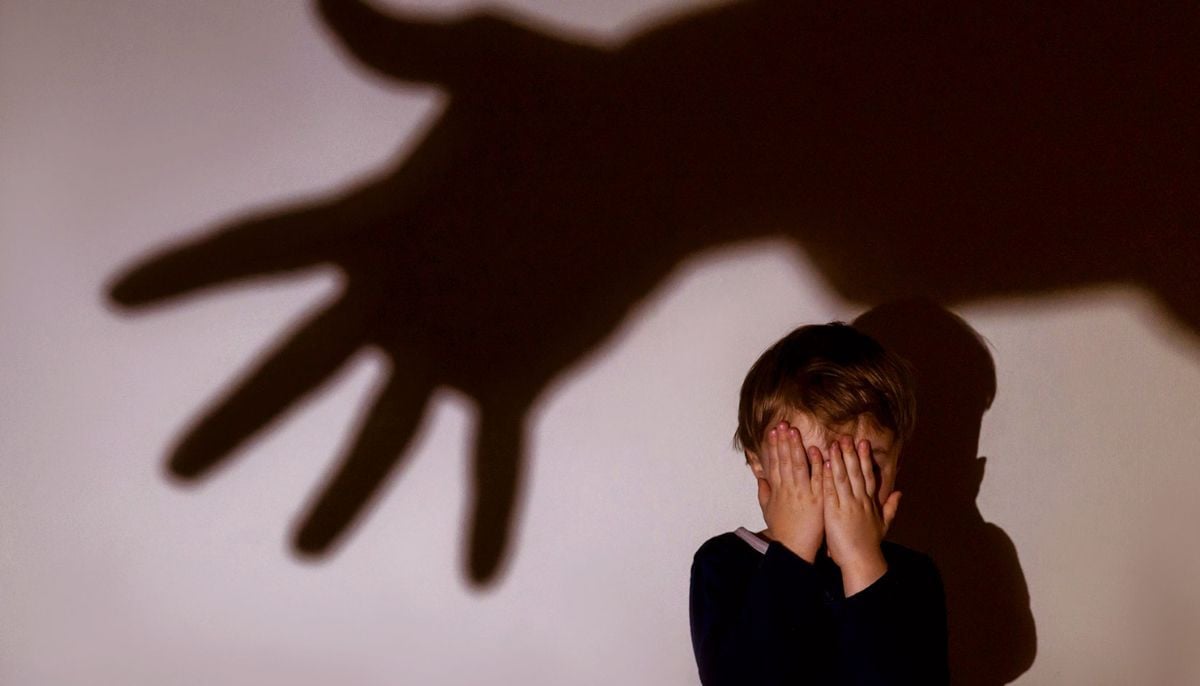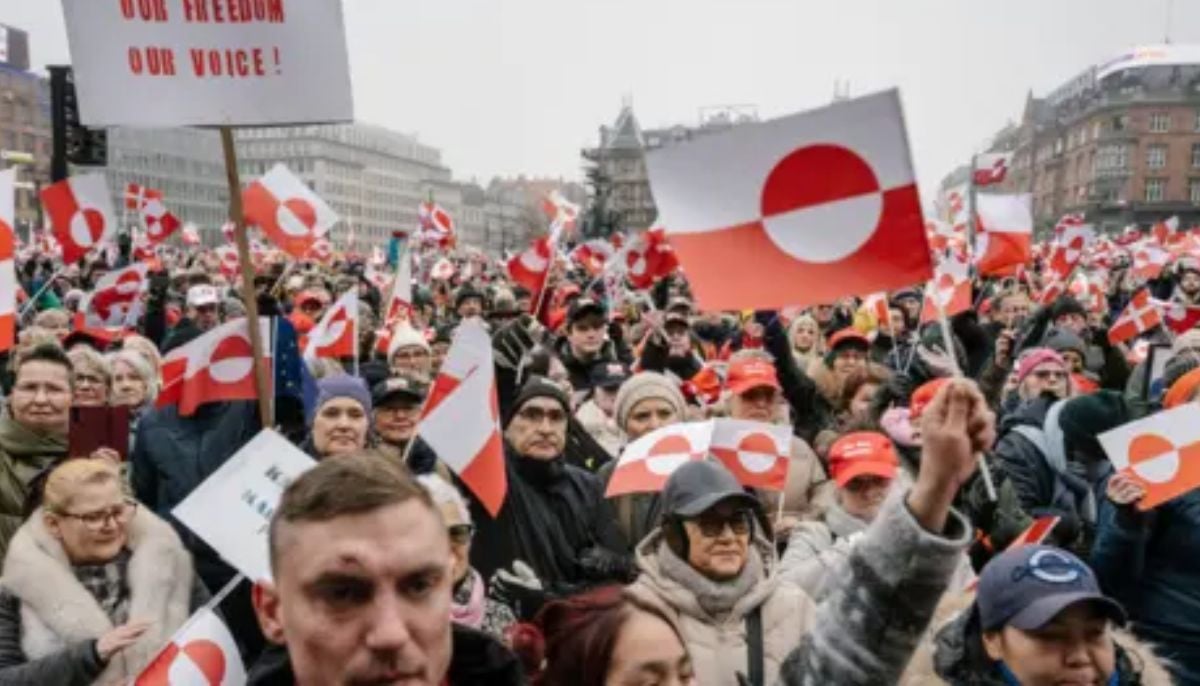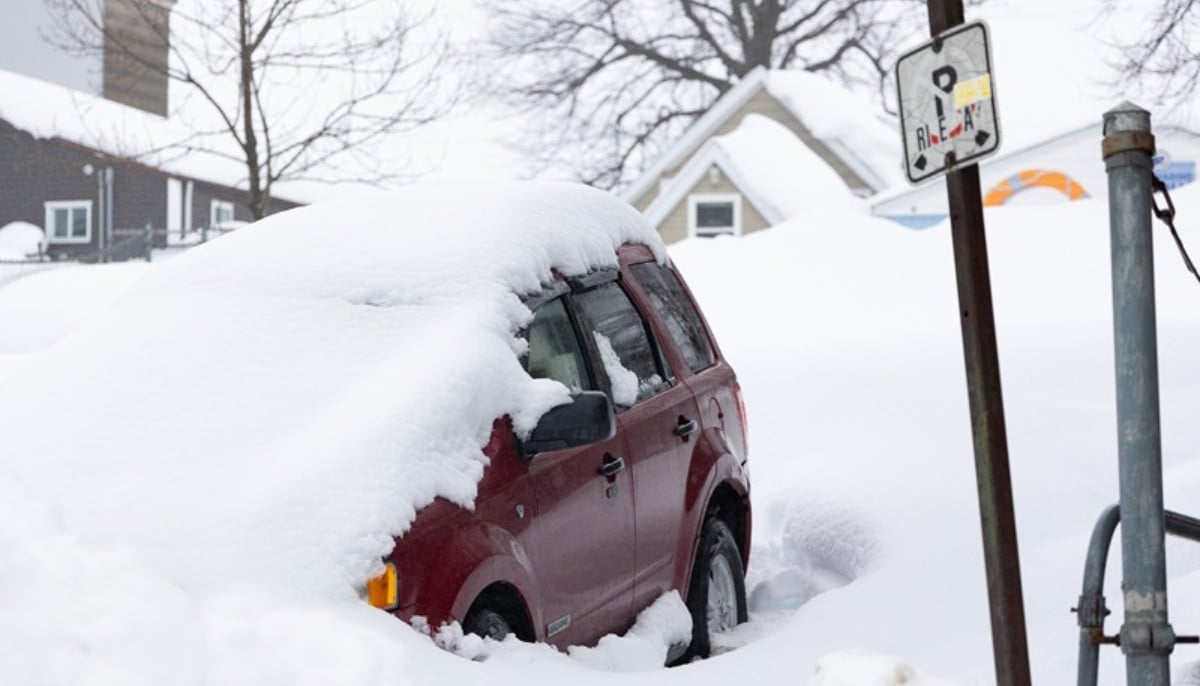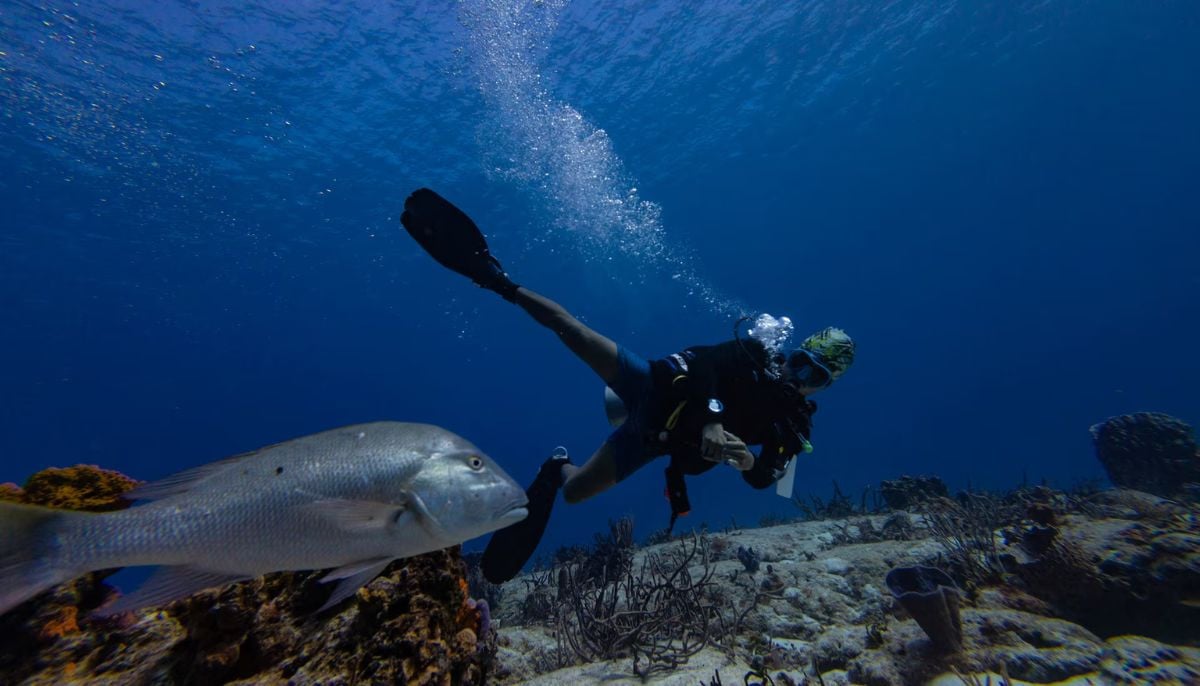Japan evacuates major airport after typhoon wreaks havoc
Japan scrambled Wednesday to evacuate passengers trapped at a major airport when a tanker slammed into its only access bridge during the most powerful typhoon to hit the country for 25 years
TOKYO: Japan scrambled Wednesday to evacuate passengers trapped at a major airport when a tanker slammed into its only access bridge during the most powerful typhoon to hit the country for 25 years.
Typhoon Jebi left a trail of destruction Tuesday, killing 11 people and injuring hundreds more as it battered western Japan with ferocious winds and lashing rain.
Winds up to 216 kilometres (135 miles) per hour ripped off roofs, overturned trucks and swept a 2,500-ton tanker into the bridge to Kansai International Airport, the region´s main international gateway and a national transport hub.
The damage to the bridge left the artificial island housing the airport temporarily cut off, stranding 3,000 travellers overnight as high waves flooded the runways and some buildings, knocking out the power.
On Wednesday boats began ferrying people out of the airport, and buses began to run on one side of the damaged bridge after safety inspections.
"We´re very sorry" that the passengers had to stay overnight in the airport, an airport official told a press conference.
"We´ll transport all the travellers who wish to get out of the airport by the end of today, but we´ll continue the bus and ferry service tomorrow," he said.
But the official added it was unclear when the airport, which operates over 400 flights a day, could be reopened, while Kyodo News said it could take up to a week.
"There were about 3,000 people stranded at the airport, but we think about 2,000 to 2,500 of them already got out. We think there are not many people left," a transport ministry official told AFP.
Airport spokeswoman Yurino Sanada told AFP: "We don´t know how many hours we need to bring everyone out but we´re doing our best to finish it by the end of today."
Rescued passengers spoke of their discomfort in sweltering post-typhoon temperatures of around 30 degrees Celsius (86 Fahrenheit) on Wednesday.
"We had a blackout so there was no air conditioning. It was hot," a woman told public broadcaster NHK after being ferried to Kobe. "I´d never expected this amount of damage from a typhoon."
Typhoon Jebi made landfall at midday on Tuesday and moved quickly over the mainland, smashing through the major manufacturing area around Osaka -- Japan´s second city -- wrecking infrastructure and destroying homes.
Government spokesman Yoshihide Suga said 11 people had been killed and 470 injured. According to Kansai Electric, more than 400,000 households were still without power.
In the tourist magnet of Kyoto -- home to ancient temples and shrines -- it brought down part of the ceiling of the main railway station. In nearby Osaka, the high winds peeled scaffolding from a multi-storey building.
Businesses, factories and schools in the affected area shut down while the storm barrelled across the country, forcing the cancellation of hundreds of flights, ferry services and some bullet trains.
Pictures showed containers piled up like dominos and vehicles thrown together by the wind, with others overturned.
More than 1.2 million people had been advised to leave their homes as Jebi approached the Kansai area -- Japan´s industrial heartland -- although it was unclear how many had heeded the warning. Around 16,000 people spent the night in shelters, local media said.
Economists said it was too early to gauge the storm´s impact on local industry, with much depending on how long the airport remained closed.
Around 10 percent of Japan´s exports leave from Kansai airport, said Yusuke Ichikawa, senior economist at Mizuho Research Institute.
-
Cheaper cars, fewer EVs: Trump administration shifts ‘auto policy’ focus
-
European leaders slam Trump’s tariff threat over Greenland as ‘unacceptable’
-
Nova Scotia snow storm warning issued as heavy snow moves in
-
Trump warns of new tariffs for countries opposed to Greenland takeover
-
Global cooperation on deathwatch: UN chief warns of ‘powerful forces’ in play
-
Insurrection Act in Minneapolis? Trump says 'not right now'
-
Historic UN biodiversity treaty takes effect today, aiming to protect 30% of high seas by 2030
-
King Salman leaves hospital after 'reassuring' medical tests
